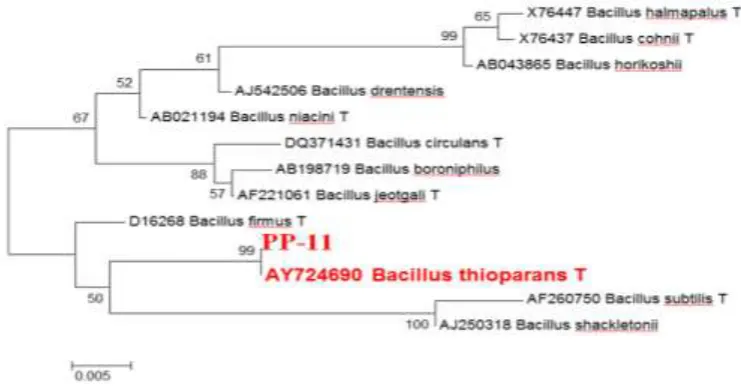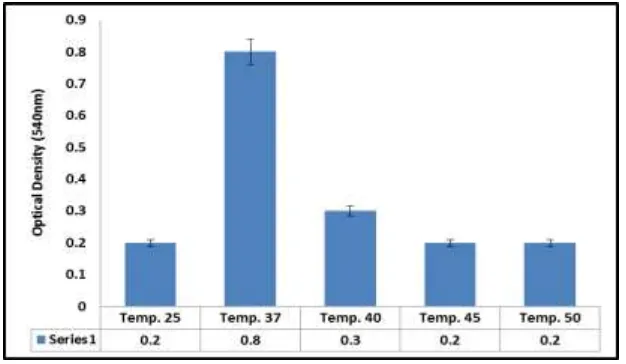BACTERIAL SYNTHESIS OF SILVER NANOPARTICLES (AGNPS): THE POWERFUL NANOWEAPON
Full text
Figure




Related documents
The antibacterial activity of newly synthesized compounds were tested by disc diffusion method on nutrient agar medium against following bacterial strains i.e.. subtilis
Plant mediated green synthesis and antibacterial activity of silver nanoparticles using Emblica officinalis fruit extract.. Spectrochimica Acta Part A: Molecular and
Mohamed, Green synthesis of silver nanoparticles using olive leaf extract and its antibacterial activity, Arabian Journal of Chemistry 7(6) (2014) 1131-1139.. Abraham, Synthesis
The antibacterial activity of the synthesized silver nanoparticles tested against pathogenic bacteria isolates ( E.coli , Staphylococcus aureus, Pseudomonas aeruginosa
Synthesis of silver nanoparticles from Phenerochaete chrysospor- ium (MTCC-787) and their antibacterial activity against human pathogenic bacteria. Physiologically based
It describes not only a new method of green synthesis of silver nanoparticles but also their physical attributes, antibacterial activity against human and plant
Green synthesis of silver nanoparticles using aqueous extract of saffron (Crocus sativus L.) wastages and its antibacterial activity against six bacteria. Silver
Table 1: The Antibacterial Activity of Silver Nanoparticles Synthesized Using
